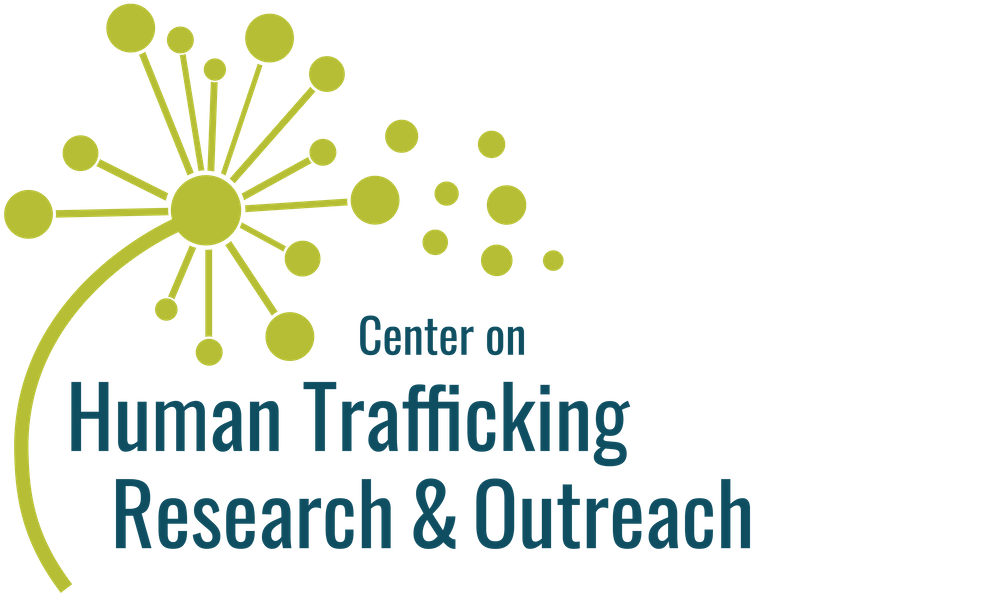 |
||
|
By Lydia Aletraris, Anna Cody, and Hui Yi |
||
|
Human trafficking presents research challenges that only deepen to the complexity we’ve described. To begin, it’s a nascent field of study. Many well-meaning qualitative and quantitative scientists have struggled to know exactly what to count as human trafficking and how best to count it. For years, researchers worked in silos, employing independent definitions to guide their surveys, which made comparative analysis impossible. An overreliance on administrative records versus primary data limited what we knew. As a result, governments and NGOs designed responses to human trafficking based on distorted data. Funding was spent inefficiently, making it difficult to evaluate the true impact of our efforts. |
|
|
|
Untangling these complexities is a core part of CenHTRO’s aim to improve the science of human trafficking research. An early benchmark we met was standardizing our research-specific understanding of human trafficking—or, simply put, deciding what to count. Through the Prevalence Reduction Innovation Forum, we developed definitions and indicators that are currently being used by researchers across the world. These standards allow us to study, compare, and analyze human trafficking in its many forms in a multitude of contexts. We’ve also experimented with how best to estimate its prevalence. People experiencing trafficking are a hidden population: victims and survivors are difficult to reach for interviews and surveys. While hard-to-reach-population survey techniques have been employed for decades in measuring other social issues, many existing methods didn’t always work for human trafficking. To create a novel approach, we borrowed from other fields and hybridized promising estimation methods, like network scale up method and respondent-driven sampling, adapting them for the human trafficking context. It was a learning process beset by challenges with sample sizes and survey biases. But we’ve developed a menu of responses and can now adapt our strategy to a multitude of contexts. We began by leaning on other disciplines to help us understand and combat this problem and became pioneers along the way. Researchers in other fields can now borrow elements from our ground-breaking human trafficking work. A theme has emerged in our approach to tackling human trafficking: interdisciplinary innovation. CenHTRO’s faculty and research team come from social work, public health, economics, political science, statistics, law, education, and sociology. These pieces have built a strong whole that has been able to interrogate human trafficking in new ways—both our qualitative and quantitative understandings of the problem improve with each survey we design. For example, our interdisciplinary knowledge has made questionnaires more trauma-informed and incorporated voices from the communities where we conduct research. When we encounter an issue in our design, we find there is often a solution contained somewhere in our diverse experience and expertise. In short, we’ve set a standard for robust, multidimensional research that views obstacles as opportunities to improve. Our recent research on labor trafficking in Southern Africa showcases the synergy CenHTRO applies to research. In Malawi and Zambia, we’re employing a rapid qualitative analysis approach, increasingly common in sister fields, that promises to deliver both data and context quickly. The process adds a dynamism to our quantitative work, and vice versa. Additionally, we can quickly deliver research into practitioners’ hands where it can make an expeditious impact. In the fight to end human trafficking, CenHTRO has become an innovation powerhouse. And this innovation is driven by great purpose. Because real people’s lives are involved, the stakes are high. Our tenacity to make a difference should match.
|
||

